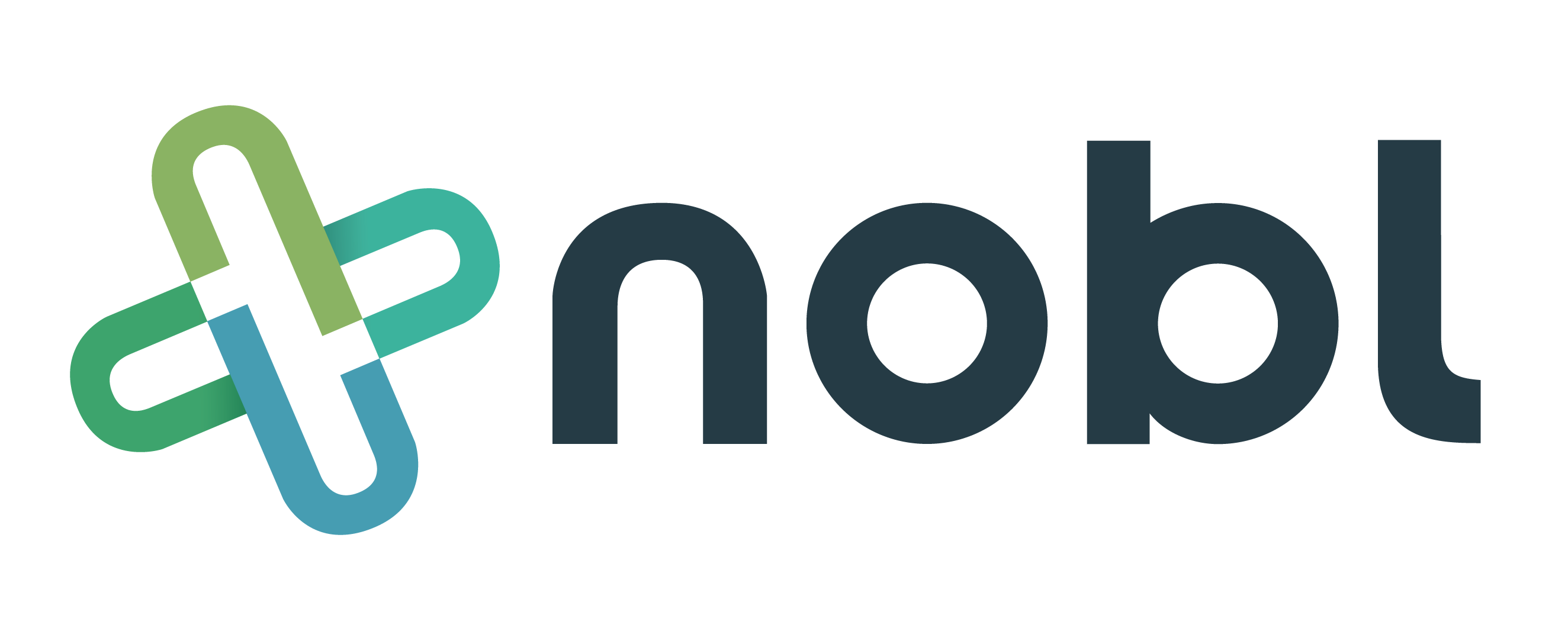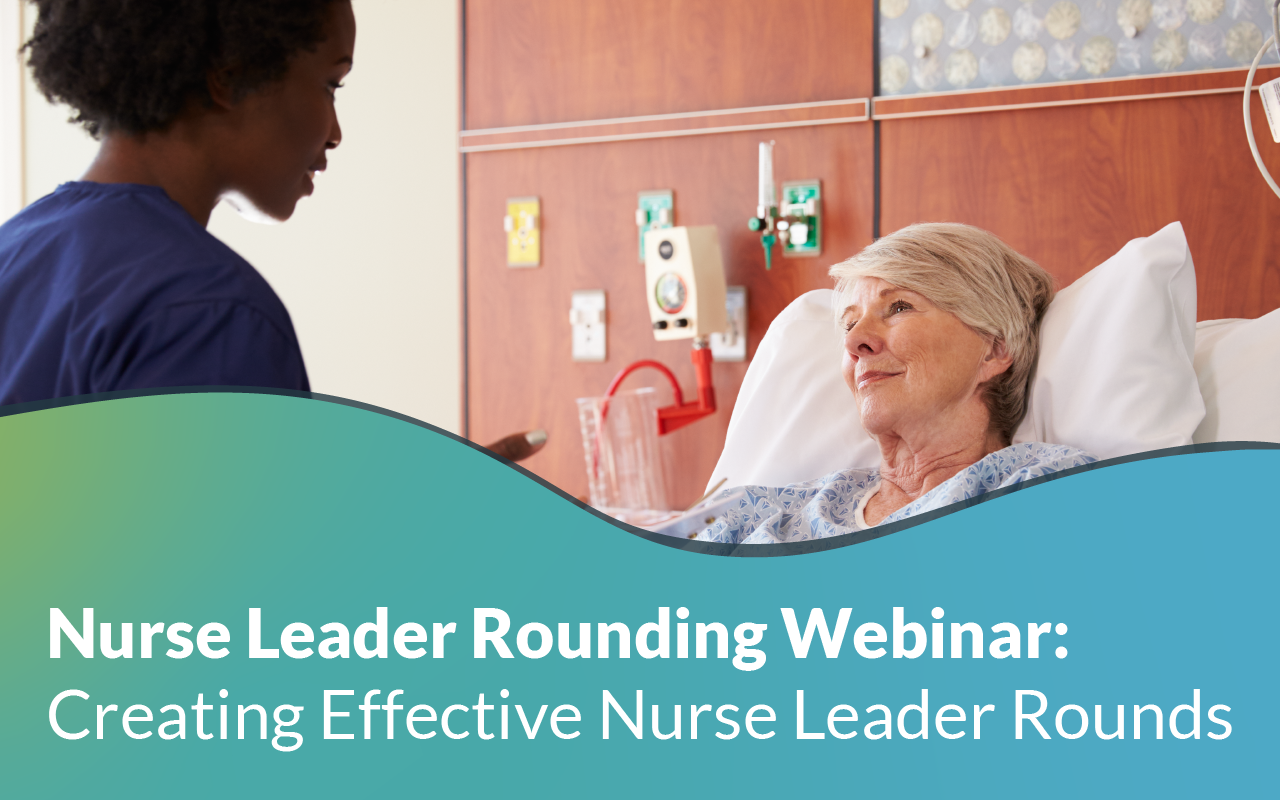
3 min read
From Planetree to Patient Experience – A CNOs Story
Nobl Health Jun 29, 2021 12:48:00 AM
My early nursing career offered me a variety of care areas and work settings. Shortly after graduating with my BSN, I began my nursing career in Labor & Delivery at a hospital in downtown Omaha. While not as notorious as some other inner-city facilities in the country, it was a reality check and an often-stressful setting for a ‘farm-girl’ from rural Nebraska. My eyes were quickly opened by the cases that we saw in this trauma center caring for a diverse population. We were dedicated to our patients, and within the limitations of a novice, I did my best to provide compassionate, dedicated care to every mother and family. I was also a U.S. Army reserve nursing officer, an environment that was almost the total opposite of my day job.
After three years, I had fully adapted to both situations, confident in my care, and driven by my personal values and the expectations of these service-oriented settings. It was very unexpected to meet my future husband (an active-duty Air Force dentist) on a blind date and to soon find myself married and working in Michigan. My first role there was educating associate degree nursing students at Wurtsmith AFB, as an instructor at an area community college. Another vastly different hospital and community culture.
From Oscoda, Michigan we traveled to San Antonio for my husband’s next assignment. As the wife of an advanced practice dental resident, and the mother of two little ones under the age of 2 years, I soon started working weekends at the county university hospital. Nearly 90% of the patients spoke only Spanish and I knew but a few words and phrases that we called “delivery room survival” terminology. The patients dealt with poverty, and we scrambled to provide them with the best care we could with the resources and limited staffing that we had. We worked as a team and strived to provide loving kindness and safe care. I learned first-hand the value of non-verbal communication, a smile, or comforting touch.
Our dreams to continue as a military family and see the world, ended with us back in Omaha at Offutt Air Force base. Despite our intentions, the need to support our extended family, led us to separate from the military and we have made Omaha our home since 1993.
It was while teaching nursing at Creighton University back in my home state, that I encountered a real patient-centered care environment for the first time – at Bergan Mercy Medical Center (BMMC). Alegent Health BMMC, now Creighton University Medical Center - Bergan Mercy, part of CHI Health, became the 12th Planetree affiliate hospital in the nation in November of 1994. By 1997, 15 care units at Bergan were Planetree units1. When I entered the facility to the smell of fresh cookies baking in family lounges, the comforting sounds of fountains and the secluded nooks where patients, families, or staff could take comfort or rest, my entire vision changed related to true patient-centered care. When I became a full-time employee of Alegent in 2000, I was blessed with the opportunity to attend one of the famous Planetree retreats, where nurses, support and ancillary staff gathered for two days to learn the Planetree philosophy. I was forever changed.
Planetree is now an international nonprofit and long-time affiliate with The Beryl Institute that continues to define many of the best practices in patient care. In just over four decades, what was innovative for Ms. Thierion in 1978, when Planetree was incorporated, is now the widely accepted and expanded concept of ‘the patient experience.’ As Nobl enters it’s third year as a Gold Sponsor of The Beryl Institute, we are honored to participate with other companies, nonprofit corporations, and healthcare systems to help create the current innovations that continue to make communication in healthcare more timely, effective and patient-centered.
In response to the 2020 pandemic, Nobl quickly pivoted to make the Friends & Family portal and our virtual forms and functions more readily available and customized to reassure loved ones who were not allowed to have contact with their hospitalized family members. The real-time integration between patient satisfaction survey results and rounding forms has enabled organizations to prioritize rounding on patients who are not satisfied with their care on previous encounters. This functionality continues to evolve everyday as leaders learn to correctly assess patients who are at risk for dissatisfaction. Research is underway to formalize these anecdotal results.
Just as I started my journey, never imagining my future as a military nurse and spouse, I do not think that anyone could have imaged in the 1980s, 1990s, or early 2000s that the healthcare experience would equal or perhaps even surpass the safety and quality focus in patient care. Maybe it just seems that way to me, as the Chief Nursing Officer of Nobl and a busy national Magnet Program® consultant. I have become a dedicated student of the ‘customer experience’ looking everywhere in my daily life for practices that can be translated into our products, my personal practice, and even my style as a leader.
One of the foremost lessons that I learned over 40 years ago, in those novice roles, was that effective communication in healthcare is the first skill to learn and one to never forget. Every patient, every day – it is a relationship, the duration of which does not matter as much as the substance.
Written by Teresa L Anderson, EdD, MSN, NE-BC, Nobl Chief Nursing Officer
1Harris, M. (1997, June). Designing for patient -centered care – making it happen in today’s marketplace. The Quality Letter for Healthcare Leadership, 9(6), 2-11.
New Free eBook
Best Practices for Sharing and Reviewing Data from the Nobl Rounding Platform
Beryl Institute Case study
Improved First Impressions at Your Front Door - Patient Ambassador Rounders Enhance the Patient Experience of a Busy Emergency Department
Recent Posts

Staffing Issues Shouldn’t Derail Patient Rounds



